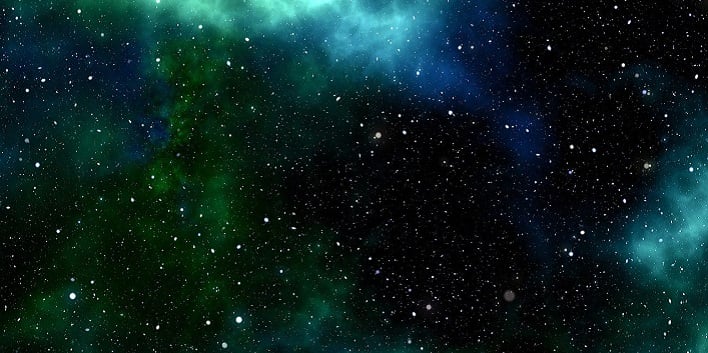Astronomers Stunned As Euclid Telescope Captures A Space-Warping Einstein Ring
This ring is observable only with the aid of space telescopes. The European Space Agency (ESA) announced that the latest Einstein ring was discovered in September 2023 by Euclid, a purpose-built space instrument designed for cosmological observations and tasked with gathering cosmic data over a six-year mission. Visual evidence from Euclid reveals an Einstein ring encircling NGC 6505, a galaxy situated approximately 590 million light-years away. While this is a massive distance, astronomers consider it relatively close, given that observations of such phenomena typically involve objects billions of light-years distant.

Why is this discovery so significant? According to researchers, getting a perfect Einstein ring is rare due to the specific conditions required for its formation. To observe such a ring, light from a distant galaxy must be bent by the gravity of a massive intervening object. This ring formation is only possible when the distant galaxy, the massive object, and the observer are nearly perfectly aligned. Massimo Meneghetti, a researcher at the National Institute for Astrophysics, also shared this view, explaining that Einstein rings like the one around NGC 6505 are rare due to the required perfect alignment, and thus, Euclid is not expected to observe many similar lenses.
Although Einstein rings have been previously observed, the Euclid telescope's capture is lauded for its clarity and potential to discover even more lenses, due to its wide coverage, thereby providing deeper insights into the universe.

